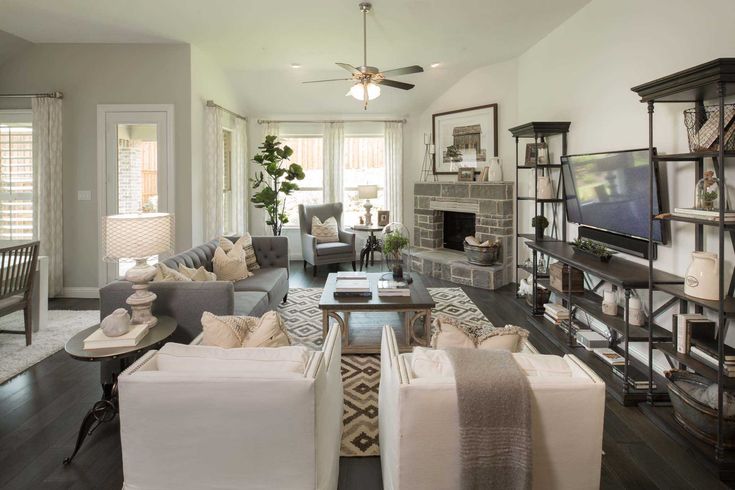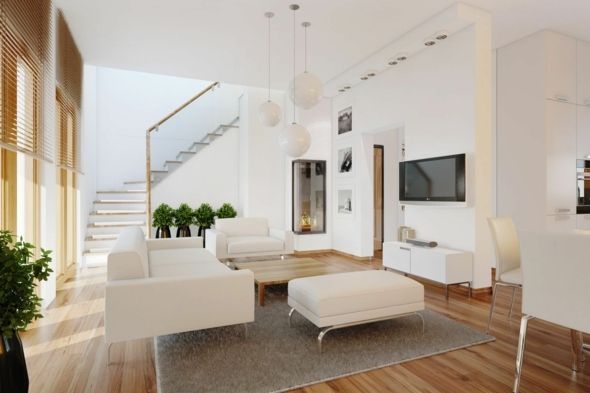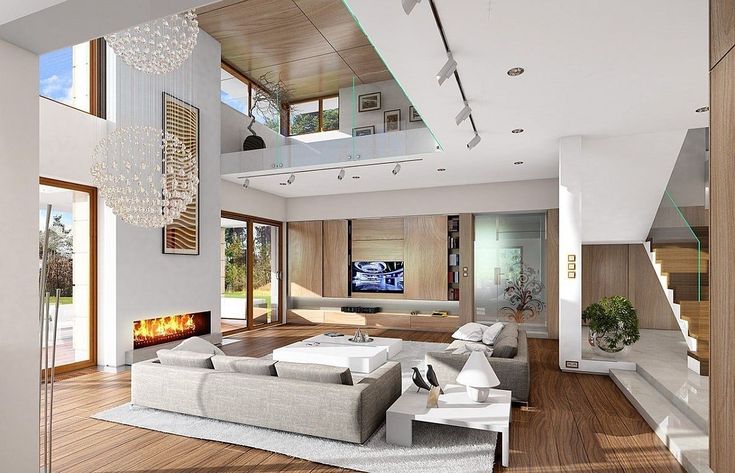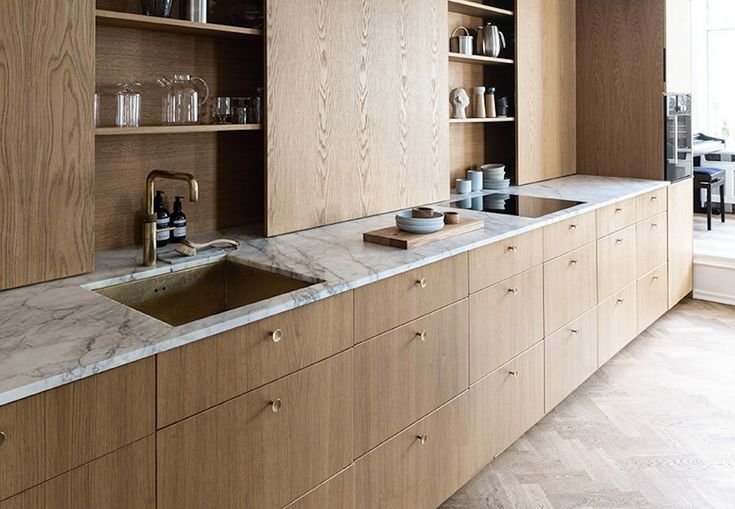10 Common Interior Design Mistakes and How to Avoid Them
10 Common Interior Design Mistakes and How to Avoid Them – Creating a beautiful and functional interior space requires a blend of creativity, practicality, and planning. However, even seasoned design enthusiasts can make mistakes that hinder the overall aesthetic and functionality of their spaces. Here are ten common interior design mistakes and tips on how to avoid them.
1. Ignoring the Scale and Proportion
One of the most frequent errors in interior design is neglecting the scale and proportion of furniture and decor. Oversized furniture in a small room or tiny pieces in a large space can throw off the balance.
How to Avoid It:
- Measure your space before purchasing furniture.
- Use tools like floor plans or design software to visualize the layout.
- Incorporate a mix of large, medium, and small items for a harmonious look.
2. Lack of a Cohesive Color Palette
Choosing colors without a clear strategy can result in a disjointed and chaotic space.
How to Avoid It:
- Start with a base color and build your palette around it.
- Use the 60-30-10 rule: 60% dominant color, 30% secondary color, and 10% accent color.
- Test paint samples and fabrics in the actual space to see how they look under different lighting conditions.
3. Overcrowding the Space
Cluttered rooms with too much furniture or decor can feel cramped and overwhelming.
How to Avoid It:
- Prioritize essential pieces and invest in multi-functional furniture.
- Embrace negative space to give the room a more open feel.
- Declutter regularly to maintain a clean and organized environment.
4. Poor Lighting Choices
Lighting plays a crucial role in setting the mood and functionality of a room. Overlooking this aspect can lead to a space that feels dim or unwelcoming.
How to Avoid It:
- Layer your lighting with ambient, task, and accent lights.
- Use dimmers to control the intensity of the lighting.
- Consider the placement of light sources to avoid shadows or glare.
5. Not Defining a Focal Point
A room without a focal point can feel directionless and uninspired.
How to Avoid It:
- Identify a standout feature such as a fireplace, a piece of artwork, or a statement piece of furniture.
- Arrange the surrounding elements to complement and highlight the focal point.
- Avoid competing focal points that can confuse the eye.
6. Neglecting Functionality
Prioritizing aesthetics over functionality can lead to impractical spaces that don’t serve their intended purpose.
How to Avoid It:
- Consider how the room will be used and by whom.
- Choose furniture and layouts that accommodate the daily needs of the occupants.
- Ensure pathways are clear and furniture placement allows for easy movement.
7. Overlooking the Importance of Storage
A lack of storage solutions can quickly lead to clutter and disorganization.
How to Avoid It:
- Incorporate built-in storage or furniture with hidden compartments.
- Use vertical space with shelves or cabinets.
- Regularly edit your belongings to avoid accumulating unnecessary items.
8. Choosing Style Over Comfort
Opting for trendy or visually appealing furniture without considering comfort can lead to buyer’s remorse.
How to Avoid It:
- Test furniture for comfort before purchasing.
- Balance aesthetics with functionality to ensure the space is both stylish and livable.
- Invest in high-quality pieces that stand the test of time.
9. Improper Rug Sizing
Rugs that are too small or improperly placed can make a room feel awkward and unbalanced.
How to Avoid It:
- Choose rugs that are large enough to anchor your furniture.
- In living rooms, ensure the rug extends under the front legs of sofas and chairs.
- In dining areas, use rugs large enough to accommodate the table and chairs, even when pulled out.
10. Ignoring Personal Style
Copying trends or mimicking others’ designs without considering your own preferences can result in a space that feels impersonal.
How to Avoid It:
- Reflect on your tastes and lifestyle before starting the design process.
- Incorporate personal touches such as photos, heirlooms, or DIY projects.
- Mix and match elements to create a unique and authentic space.
Final Thoughts
Avoiding these common interior design mistakes can help you create a space that is both beautiful and functional. Remember to plan carefully, prioritize your needs, and stay true to your personal style. With these tips, you can transform your home into a place that truly reflects your personality and meets your practical requirements.






